Ronald Taylor arrived from Britain in 1975 to work on infrastructure projects which helped transform Hong Kong – the Island Eastern Corridor, Tate’s Cairn Tunnel, the Western Harbour Tunnel and the MTR Tseung Kwan O Line and North Point extension in 2002.
Taylor’s three-year posting in the then-British colony became a four-decade stay, and he is now happily retired in his adopted hometown. Yet the biggest highlight of those years had nothing to do with civil engineering.
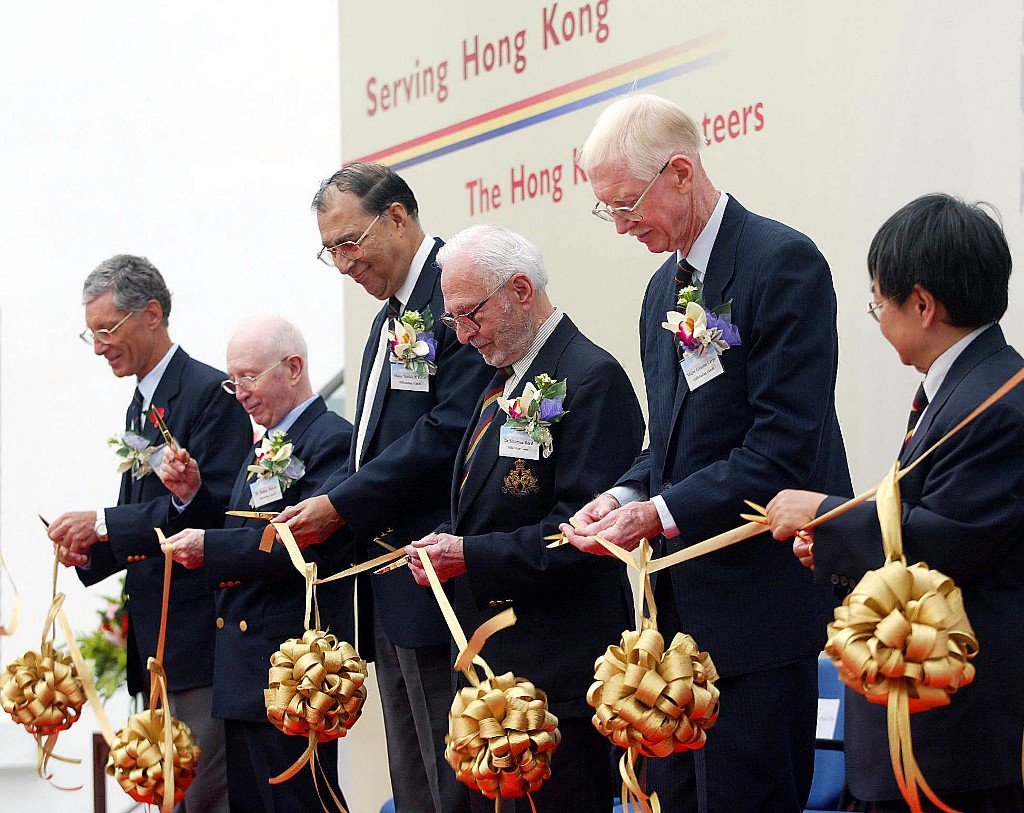
Upon setting foot in his new home, Taylor signed up for an organisation similar to the UK Army Reserves – then known as the Territorial Army – which he had joined back in London to provide excitement outside his full-time job.
This organisation was Hong Kong’s only fully indigenous reserve military unit: The Royal Hong Kong Regiment (The Volunteers).
Weekend warriors
The volunteer reserve existed from the early years of colonial Hong Kong until almost the very end.
It was founded in 1854 to help fight piracy, when most of the city’s regular British garrison was shipped to Crimea to fight the tsarist Russians. The government appealed to the 500 European expatriates in the city to form a volunteer force and 99 of them answered the call. Known as the Volunteers, this 99-strong group consisted of residents from Britain, Portugal, Denmark, Germany and Sweden and gradually welcomed local Chinese into its ranks.
The unit underwent a series of transformations throughout Hong Kong’s colonial history and was called to help on different occasions as perceived threats came and went.
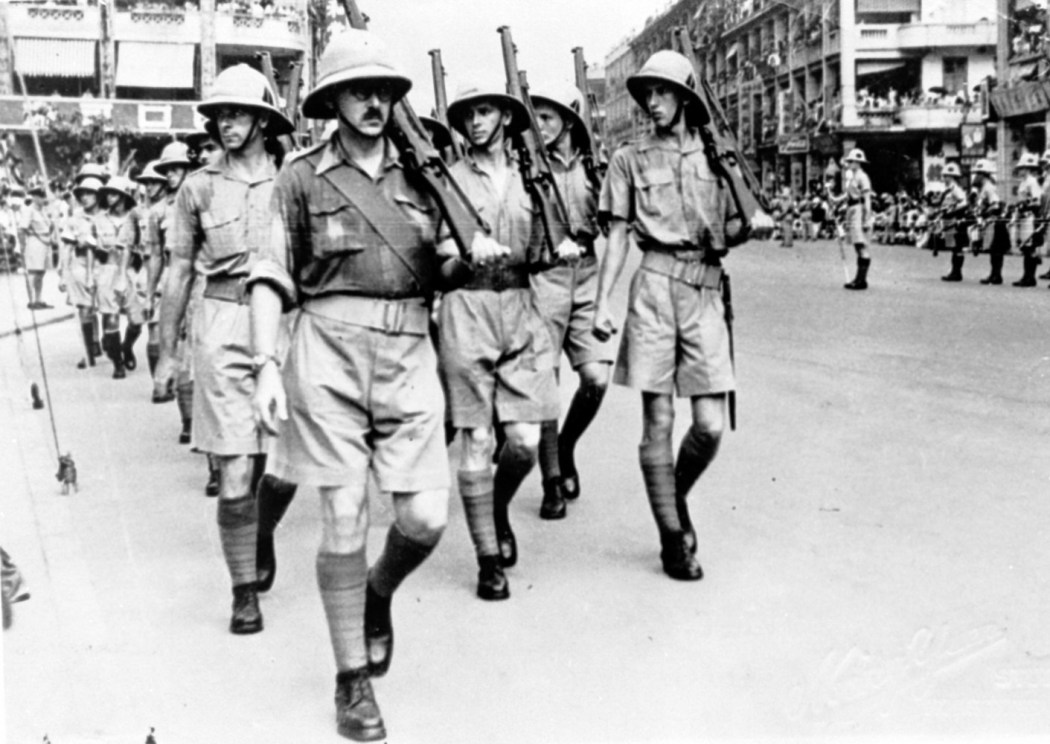
In 1941 it played a key role in battling Japanese invaders, fighting gallantly alongside units from the UK, India and Canada until the defenders made their last stand in Stanley. A total of 289 out of 2,200 members of the Hong Kong Volunteer Defence Corps were listed as killed or missing and many were imprisoned in Sham Shui Po throughout the war in dreadful conditions. Some avoided capture and continued the fight in China under the British Army Aid Group. Some others simply blended in with the civilian population.
After the war, the Volunteers took up a new title, the Hong Kong Regiment, under the newly-formed Hong Kong Defence Force, which included air and naval components. With the naval component disbanded in 1969, the unit was reorganised into its final form: a light reconnaissance unit known as the Royal Hong Kong Regiment (The Volunteers). This lasted until September 1995, just under two years before the city’s Handover from Britain to China in 1997.
Taylor was present at the regiment’s disbandment parade in 1995 when the part-time soldiers and officers marched past the Hong Kong Convention and Exhibition Centre in Wan Chai. Straight afterwards the unit was whisked back to the Gallipoli Lines in Fanling – now the PLA San Wai Barracks – for a final parade.
In his 20 years with the regiment, Taylor spent four years as a major and commanded one of the four 120-strong “Sabre Squadrons.” He later headed the recruit training squadron and then became a liaison officer for former members.
Joseph Pau served with Taylor. He joined the unit as an ordinary trooper in 1965, inspired by his father who saw action and escaped capture as a Volunteer during the Battle of Hong Kong. He rose through the ranks, became a staff sergeant in Taylor’s squadron, and was promoted to major shortly before disbandment.
Pau’s service was intertwined with some of the city’s most turbulent episodes. He helped confront rioters and defuse explosives scattered all over the city during the 1967 leftist riots, which he still describes as a “very troubling experience.”
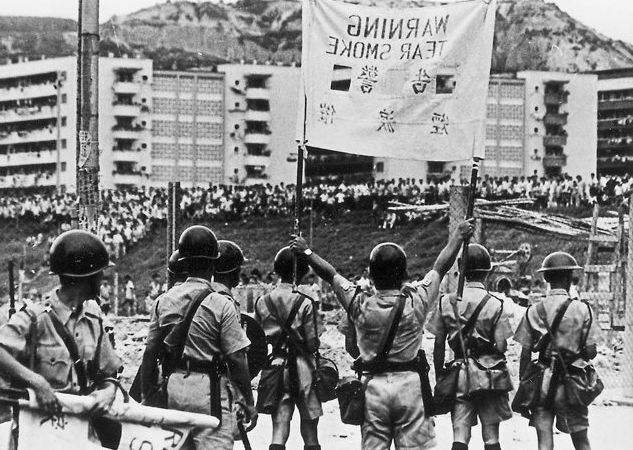
He was again in action again 24 years later as he was posted with his unit to handle the Vietnamese boat people riot in 1991. Potential danger was everywhere, he recalled.
“We had to be very careful in looking at everything. We paid close attention to small details like each piece of wood because [detainees] could sharpen it into an improvised weapon. Everything can be a weapon, even a toothbrush,” said Pau.
Old glory in a new era
With disbandment approaching, members of the unit moved their veterans’ group, the Royal Hong Kong Regiment (Volunteers) Association, to a clubhouse on the ninth floor of the Happy Valley Racecourse. Pau is now chairman of the social organisation and many members are still in close touch.
The original regimental guidon, presented by governor Sir David Trench in 1971, is still on display inside the clubhouse alongside plaques from other military units, the original Hong Kong Defence Corps badge, trophies and canvases depicting the unit’s history.
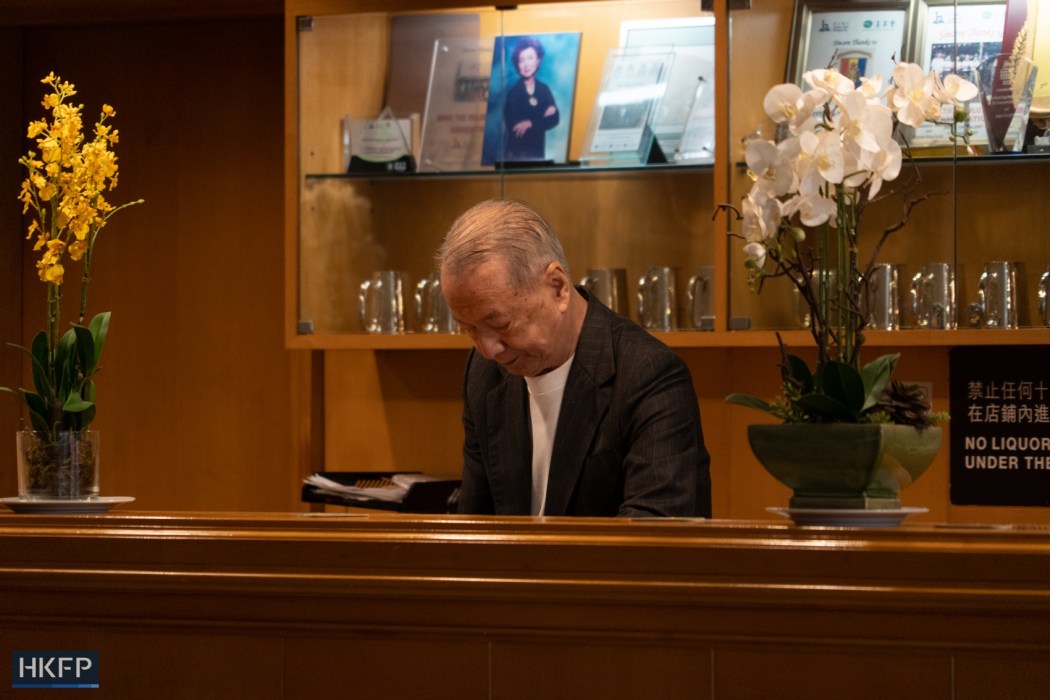
The windows overlook the racecourse and luxury apartments dotting the skyline. To the left is the site of the former regimental headquarters, which now hosts the Hong Kong Football Club and a small garden. A metal plaque marks the site.
Though now in their senior years, veterans’ memories have never faded. Taylor recalled a training exercise in which his band of weekend warriors successfully outwitted the formidable Gurkhas, who were tasked to storm a factory building they were defending. As the Gurkhas prepared to enter, they found themselves shooed away by a security guard in civilian attire. Frustrated, they complained at the debriefing after the exercise, only to discover to their dismay that the unassuming guard was one of Taylor’s senior aides.
Such mischief is perhaps a shared experience. Patrick Dunn, a TVB host who served in the regiment as a lieutenant, once told Apple Daily that he and his team successfully stole a 90 millimetre cannon from British troops during an exercise. Desperate to retrieve the weapon, they had to agree to Dunn’s terms and gave him and his men the “red carpet” treatment with a helicopter and an honour guard.
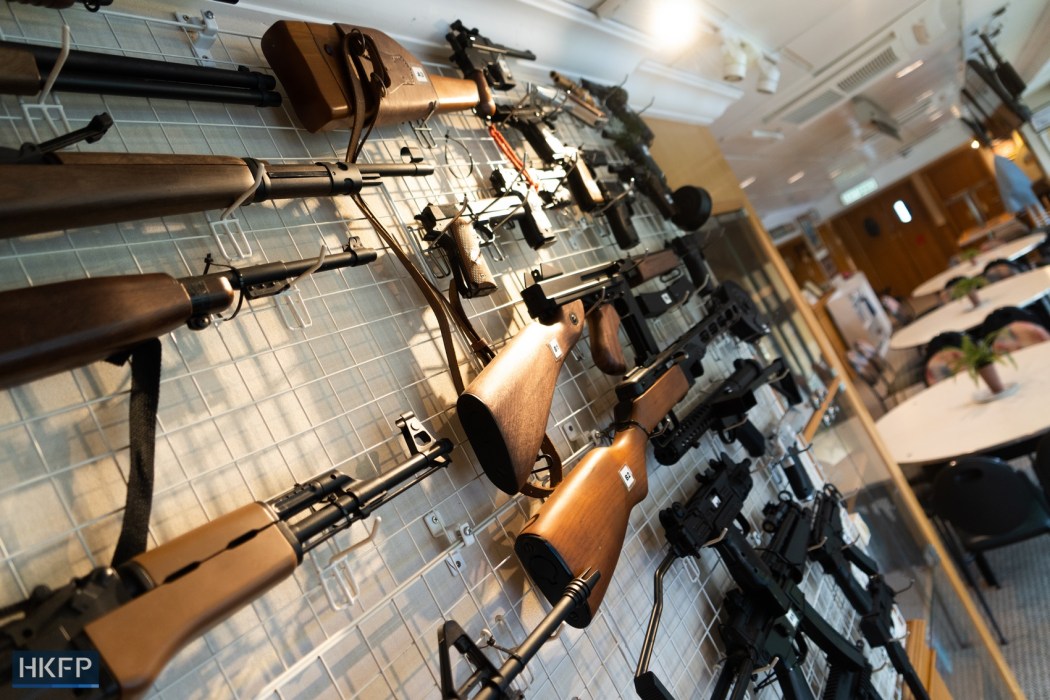
Decades after their final deployment, members of the regimental association have shifted their focus to community service, such as helping out at the once-annual Oxfam Trailwalker, a charity sporting event that sees teams of four try to cover 100 kilometres in less than 48 hours. Their military training allowed them to man checkpoints on 24-hour shifts, much to the surprise of organisers and volunteers from other disciplined services who operated for eight hours at a time.
Similar resilience enabled Pau to hike up the Wah Shan plateau in Fanling every year on a personal mission. Next to the original Gallipoli Lines is a gigantic representation of the regiment’s cap badge.
Known as the Hillside Badge, it consists of a giant green diamond amid the tall grass. In between are two golden dragons facing each other, topped by the St Edward’s Crown. Under the dragons is a regimental motto: “Nulli Secundus in Oriente” – “second to none in the Orient.”
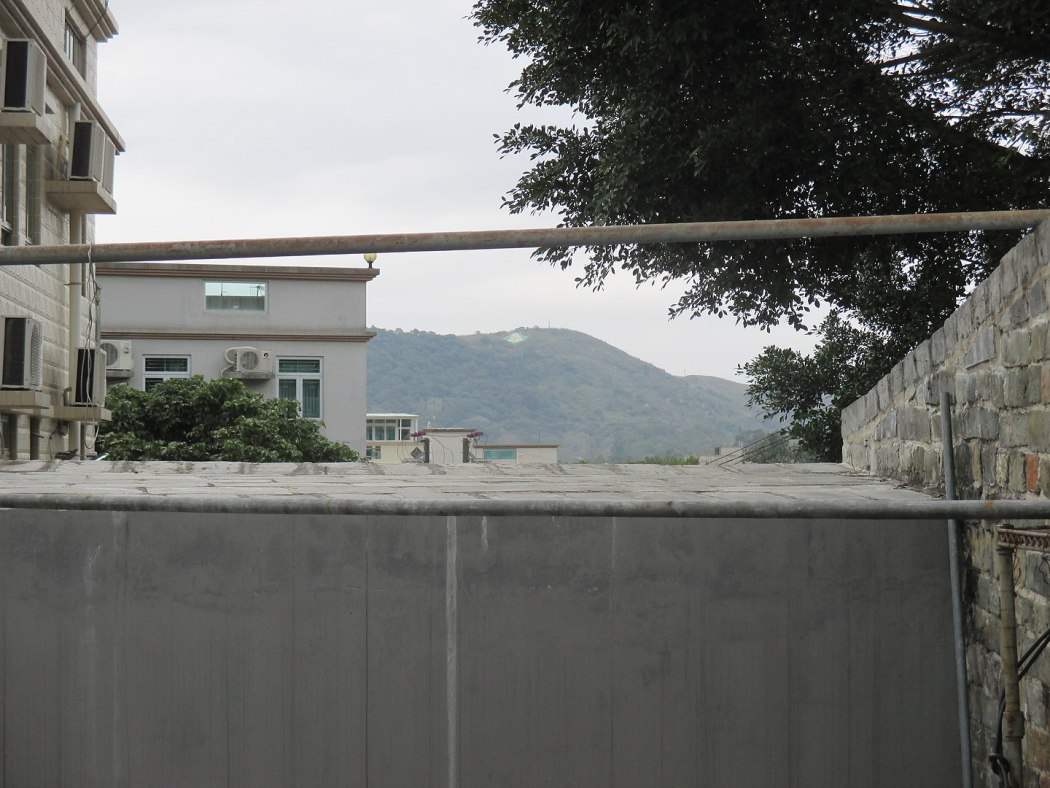
Pau would faithfully maintain this monument and trim vegetation even though the steep climb would take a toll even on a younger hiker. Thanks to his efforts the badge is still visible from afar.
Passing on the torch
Pau has also had another mission. Until recently, he was the commandant of the Hong Kong Adventure Corps (HKAC), the descendant uniformed group of the regiment’s cadet unit known as the Junior Leaders.
Though closely following its predecessors’ traditions and activities, Pau had to adjust some training standards to cater to this generation of teenage cadets.
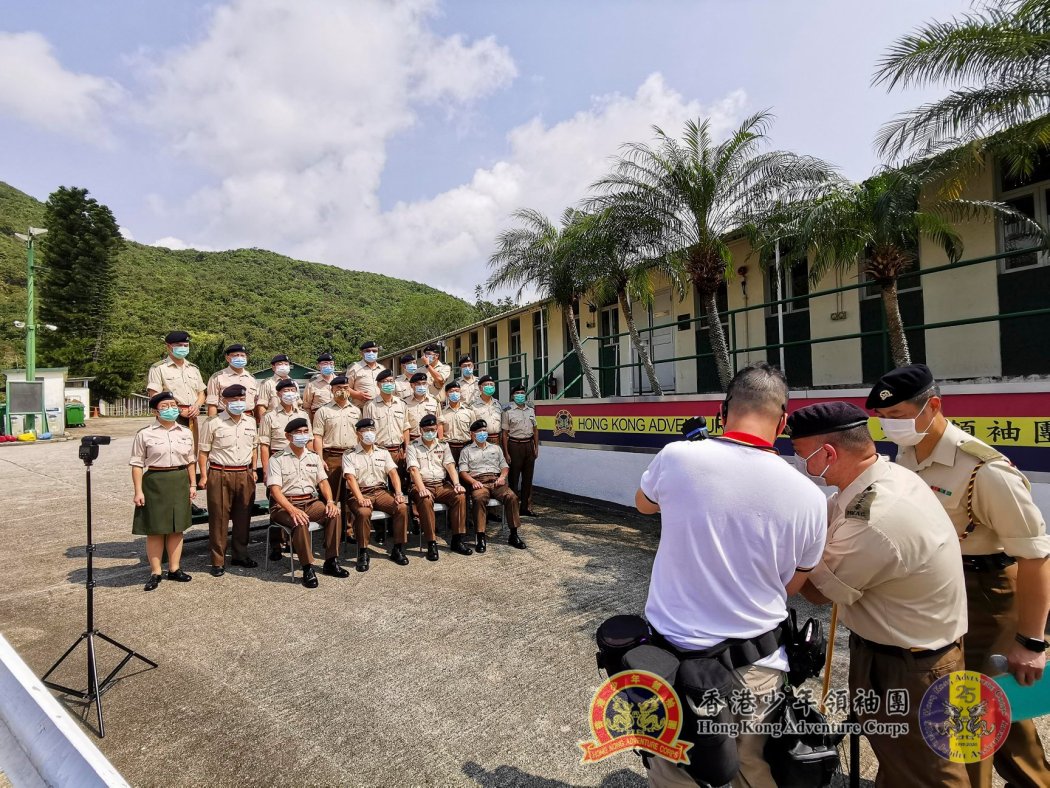
“There was once a boy who didn’t exercise much at home, and he slept through the day after a camp where we ran activities non-stop for 24 hours. His parents complained to us seeing him sleeping for that long, thinking we’ve done something bad to their child,” said Pau.
“Since we’re now a charitable organisation, we must be careful because the kids are different nowadays. There’s now less physical exercise, and we’ll be in trouble if anything happens.”
Unlike its pre-1997 predecessor, the HKAC functions as an independent charity-based organisation. Yet, that doesn’t stop trainers and veterans from passing on their skills and traditions to future generations.
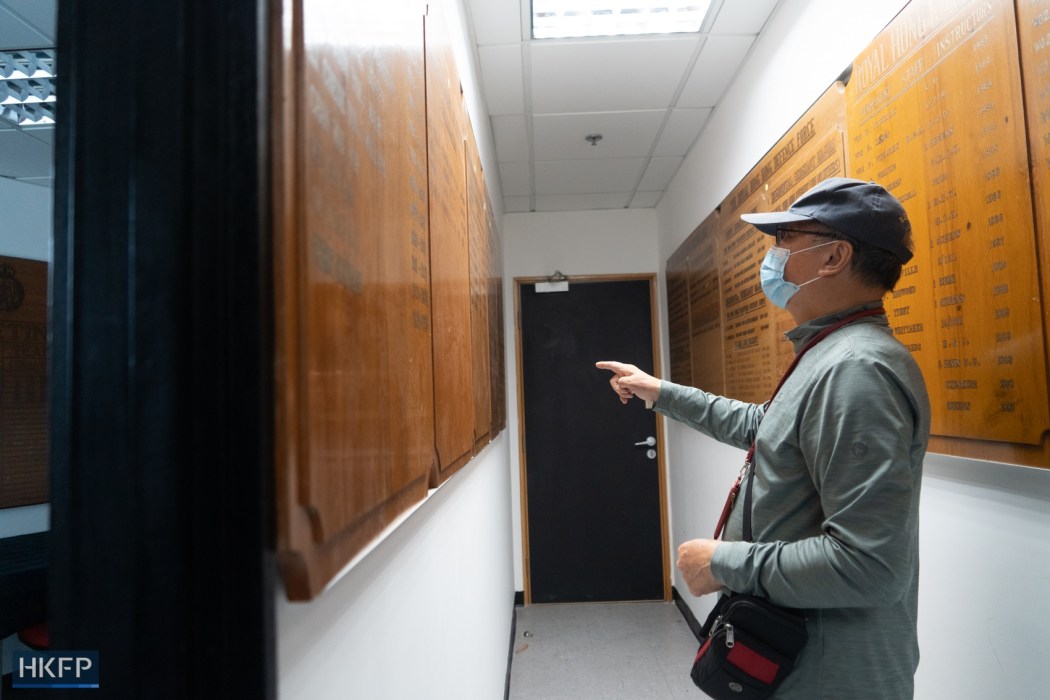
Glancing from the wide windows onto the garden where the headquarters once stood, Taylor reflected that the regiment’s biggest impact on society was its ideals: that concerned citizens of various backgrounds and nationalities can serve the community regardless of nationality.
Taylor lamented that this ideal is less attainable in a society now bitterly divided. Were the regiment still active, it might be asked to perform unpopular or sensitive tasks.
“The question of whether the regiment would have been called out for the 2019 protests means, in some respects, it’s good that the regiment is [no longer] available,” he said.
The government has now largely distanced itself from the regimental association.
“For past annual dinners, our chief guests were always very senior, but now trying to get anybody from the government to come is very difficult,” Taylor said. “Even on Victory Day or Remembrance Service, it’s hard even to have a senior government member lay a wreath on behalf of the government.”
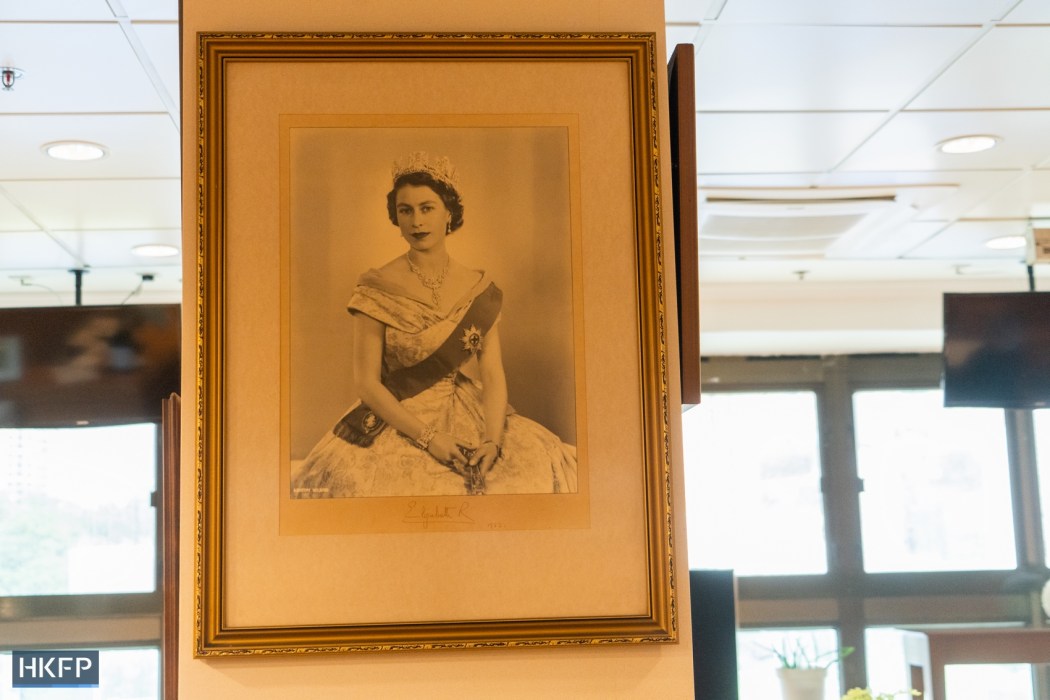
Yet, he also thinks the change reflects the type of city Hong Kong is – everything and anything can evolve in the blink of an eye.
Both Taylor and Pau are confident that members of the HKAC, to whom they have passed on the torch, can preserve the regiment’s legacy. Looking at a faded portrait of Queen Elizabeth II still hanging on the clubhouse wall, they agree that it is passing on historical facts and traditions “as they are” that are the most important.
“It’s about being truthful to history – not necessarily agreeing to everything about it.”
Support HKFP | Policies & Ethics | Error/typo? | Contact Us | Newsletter | Transparency & Annual Report | Apps
Help safeguard press freedom & keep HKFP free for all readers by supporting our team

LATEST FROM HKFP
HKFP has an impartial stance, transparent funding, and balanced coverage guided by an Ethics Code and Corrections Policy.
Support press freedom & help us surpass 1,000 monthly Patrons: 100% independent, governed by an ethics code & not-for-profit.











